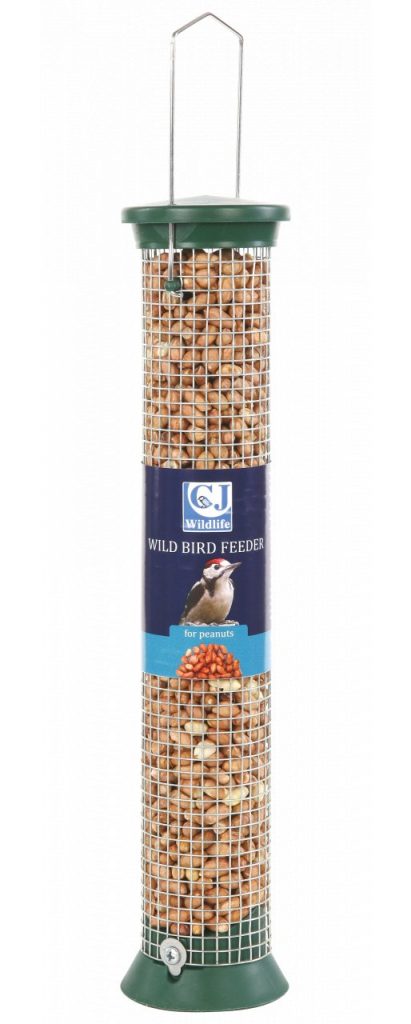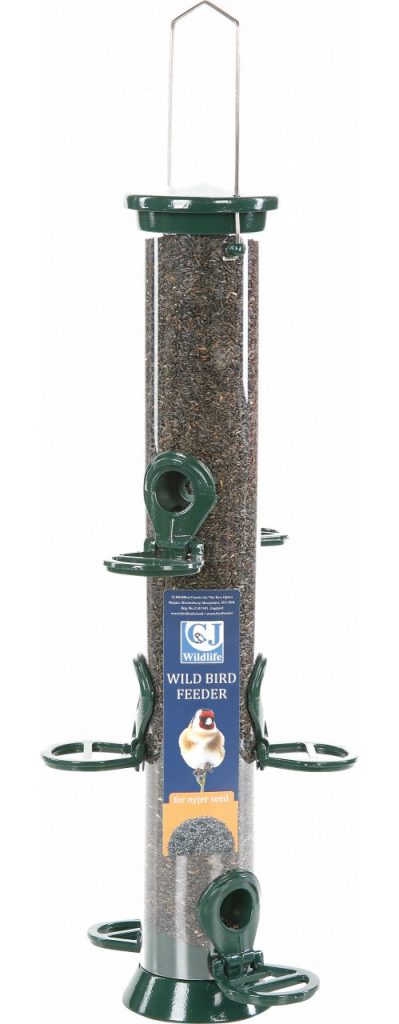This is the first in our two-part series, Gardening for Wildlife, where we look at how to attract wildlife to your garden, including creating suitable habitats and providing food sources. Spring is blooming all around us, with primroses, wood anemones and blackthorn flowering now and foxgloves on their way. Birds are building nests ready for eggs and the sky will soon be full of wheeling summer migrants such as house martins and swallows.
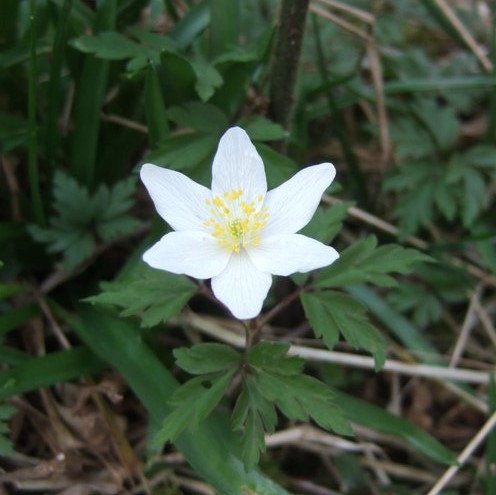
With many of us being confined to our homes, those of us lucky enough to have a garden or outdoor space will probably be spending a lot of time outdoors. Being surrounded by nature is a fantastic way to boost our mental wellbeing, and gardens can be an invaluable resource for wildlife. By following some basic principles, you can turn your garden into an oasis for wildlife and enjoy some brilliant wildlife spectacles up close.
Planting for wildlife
Attracting insects to your garden is one of the primary ways in which you can help wildlife and also increase productivity of plants and trees. You can provide vital food resources for bees, butterflies, nectar-drinking moths and other insects by planting pollinator friendly plants with high levels of pollen and nectar. Lavender, verbena and buddleia are well known for attracting bees and butterflies, but other plants can be equally important, such as goldenrod for hoverflies and late flowering plants such as ivy.
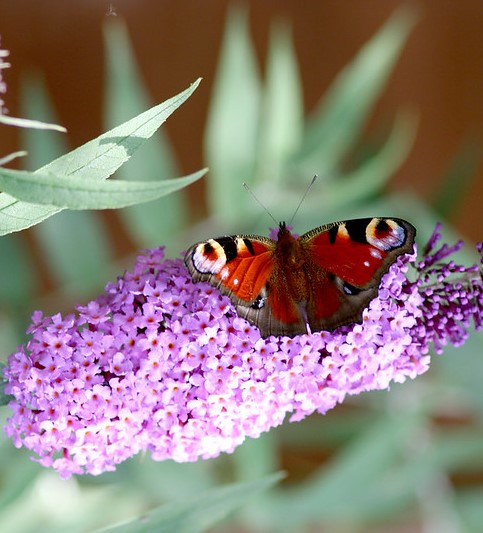
The Royal Horticultural Society has a fantastic database of plants for pollinators so that you can choose plants that will flower across the seasons to provide a year-round resource for pollinating insects. Increasing the insect diversity in your garden will also encourage insectivorous birds and mammals into your garden.
Wildflower borders and meadows
Another option is to create a wildflower border by scattering either annual or perennial wildflower seed mixes on to bare soil. It’s a low maintenance option that will provide invaluable habitat for insects. The UK has lost 96% of its species-rich meadows so these are a beautiful and valuable addition to the garden and broader landscape. It’s best to choose a mix of native plants such as poppies, cornflowers and corn marigolds (annual) or ragged robin, buttercups, yellow rattle, knapweed and grasses (perennials). If you wish to create a permanent area of meadow grassland with perennials then the RSPB has a guide to creating a wildflower meadow. Wildflower seed mixes can be ordered online.
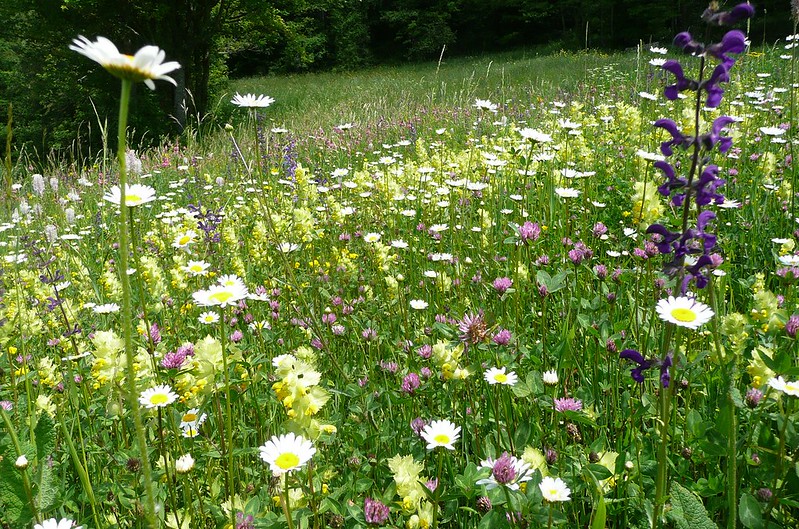
Seeds and fruit
It is also good to think about plants and trees that will produce fruits and seeds for birds. Native species such as hawthorn, elder, and rowan provide a fantastic autumn feast of berries, and if you leave the heads on sunflowers after they have flowered, goldfinches can take the seeds. Fruit trees such as crab apple offer blossom for insects and birds in the spring, and fruit for species such as blackbirds in the autumn. The wild type native trees and shrubs usually attract more birds than some of the cultivars, so they are worth seeking out. Most of these plants and trees can be ordered online.
Feeding birds and mammals
Finally, providing supplementary food for birds and other wildlife can help increase their overwinter survival prospects and give you the most dazzling display of wildlife behaviour.
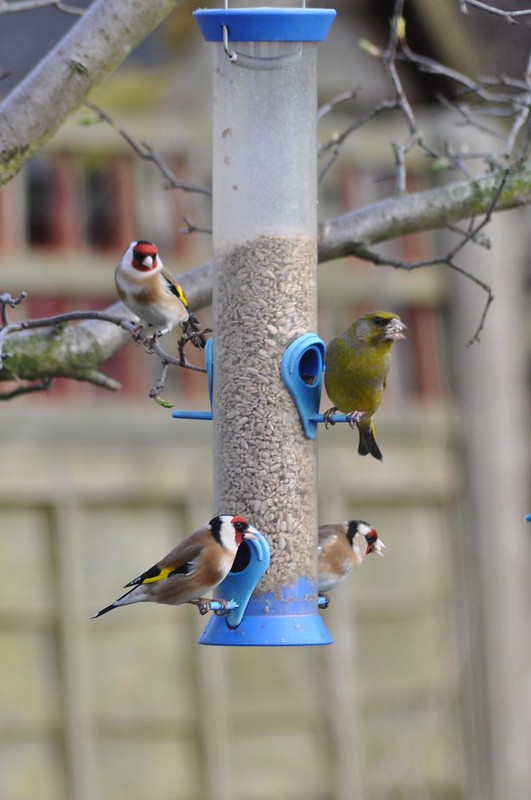
Investing in a wide range of bird feeder types and food sources will ensure the most diverse range of birds visit your feeders. Peanuts are very popular with blue and great tits, sunflower seeds will draw in finches such as chaffinches, greenfinches and goldfinches and nyger seed is a favourite of siskins. During the winter birds need extra calories so suet balls can be supplied in feeders, or apples left out for ground feeders such as blackbirds and redwings. In addition to hanging bird feeders, a bird table will offer space to ground feeders such as robins and chaffinches. Ensure that feeders are placed at height and away from windows, and not too close to cover, to avoid sudden predator attacks. Birds and mammals also need fresh water so offering a water bath with sloping sides is important, as well as providing a fascinating focal point for watching your garden wildlife.
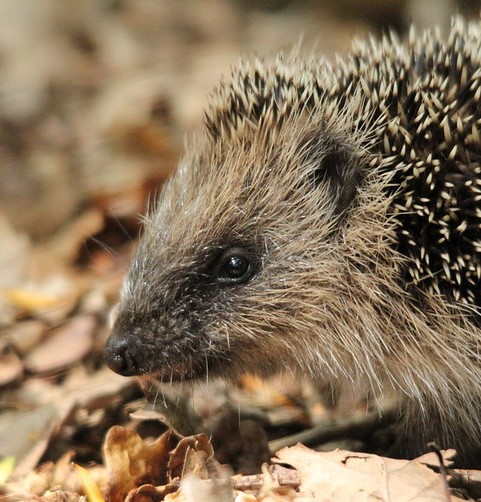
Gardens have been shown to be an increasingly important habitat for hedgehogs and with their numbers in steep decline, feeding hedgehogs can give them a much needed extra food resource. Leaving food such as tinned dog or cat food (excluding fish flavours) or cat or dog biscuits will encourage hedgehogs to visit your garden, particularly if there is access from neighbouring gardens via a ‘hedgehog highway’ hole in the fence. Hedgehog feeding stations or nest boxes can provide a useful way of protecting the food from other garden visitors.
Watching wildlife
Having attracted wildlife to your garden, there are a range of ways you can get fantastic views up close. Binoculars give you great views of wildlife that is further away, but with close focus distances now much improved, they also offer a great way of magnifying insects. Read our blog post to find out How to Choose a Pair of Binoculars. Alternatively trail cameras can be used very effectively in gardens to record garden visitors. They are standalone weatherproof cameras that use passive infrared to detect passing warm-bodied animals and take either still photographs or videos. With options including the Bushnell NatureView Live View, that has interchangeable lenses for excellent close up feeder shots, and the Browning Recon Force Edge that has amazing 60fps video footage. For more information on trail cameras, see our blog post on How to Choose a Trail Camera.
Recommended Reading
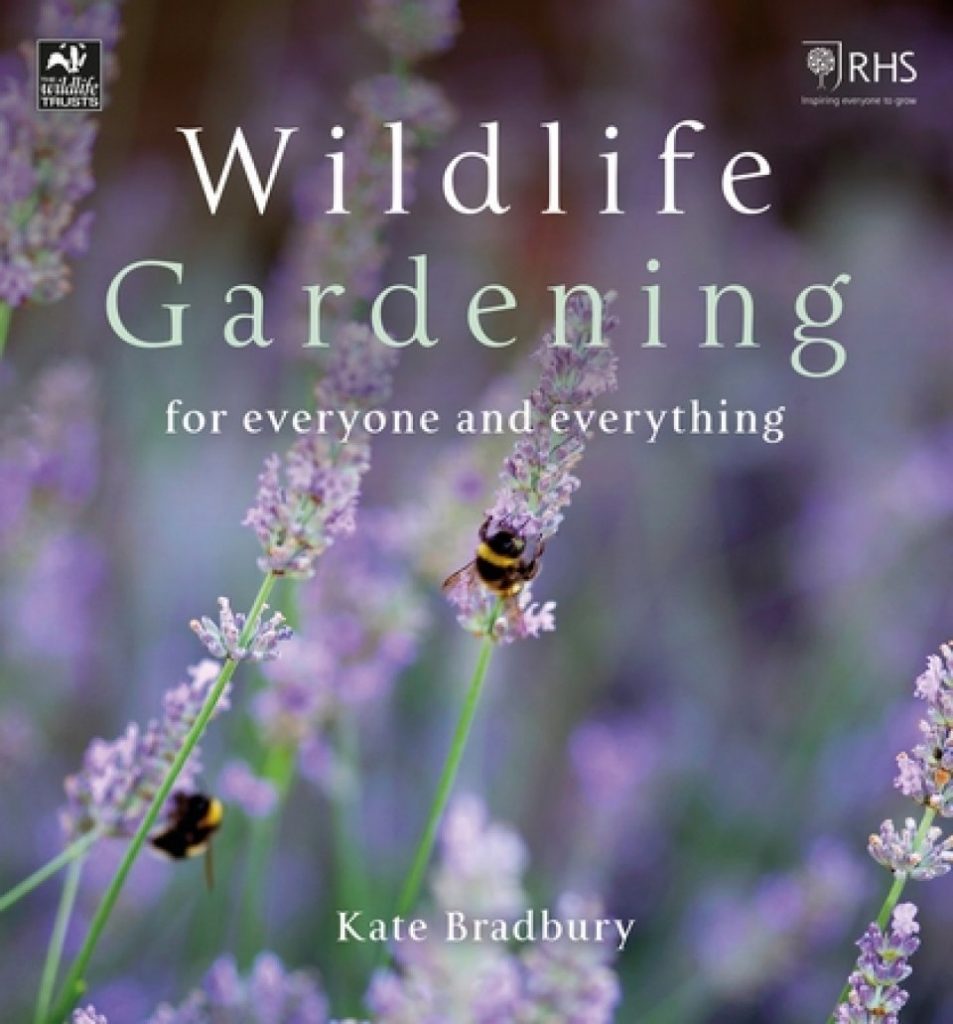 Wildlife Gardening
Wildlife Gardening
#244291
If you want to attract more bees, birds, frogs and hedgehogs into your garden, look no further than this. Kate Bradbury offers tips on feeding your local wildlife and explains how you can create the perfect habitats for species you’d like to welcome into your garden.
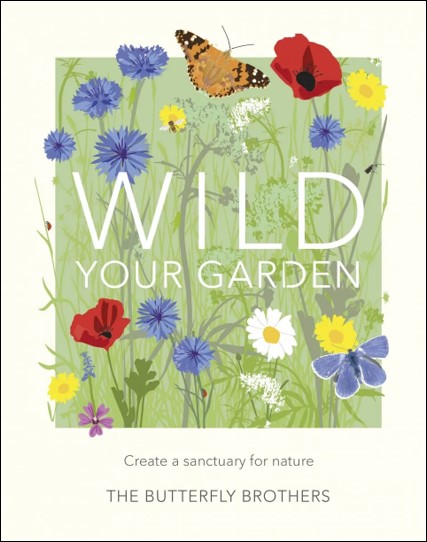 Wild Your Garden
Wild Your Garden
#249932
This shows you how to create a garden that can help boost local biodiversity. Transform a paved-over yard into a lush oasis, create refuges to welcome and support native species or turn a high-maintenance lawn into a nectar-rich mini-meadow to attract bees and butterflies.
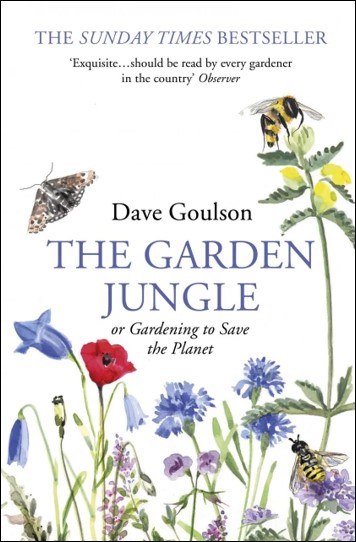 The Garden Jungle
The Garden Jungle
PB #249709
The Garden Jungle is about the wildlife that lives right under our noses, in our gardens and parks, between the gaps in the pavement, and in the soil beneath our feet. For anyone who has a garden, and cares about our planet, this is essential reading.
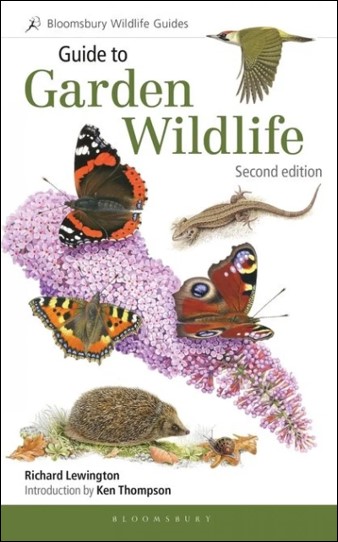 Guide to Garden Wildlife
Guide to Garden Wildlife
#246618
Even the smallest garden can be an important haven for wildlife, and this authoritative guide enables everyone to explore this wealth on their back doorstep. It covers all the main animal groups – including pond life – likely to be found in a garden in Great Britain and Ireland.
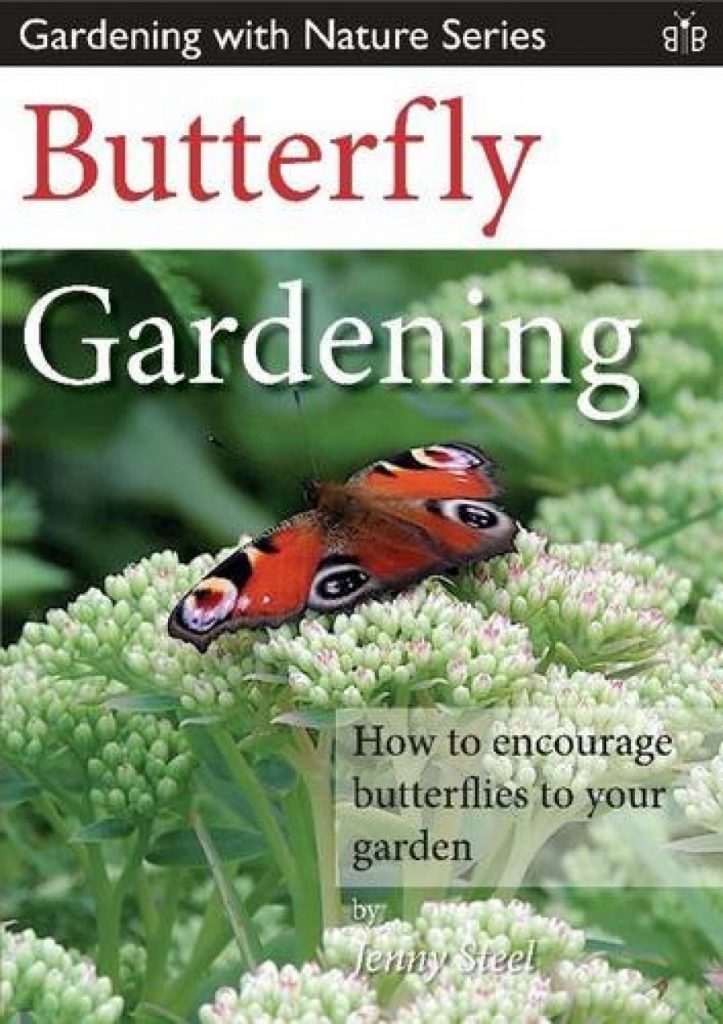 Butterfly Gardening
Butterfly Gardening
#226117
This second guide in the Gardening with Nature Series gives step by step advice on how to encourage butterflies to your garden. Jenny Steel describes the importance of providing shelter and avoiding the use of pesticides, with lists of suitable nectar and larval plants, and their maintenance.
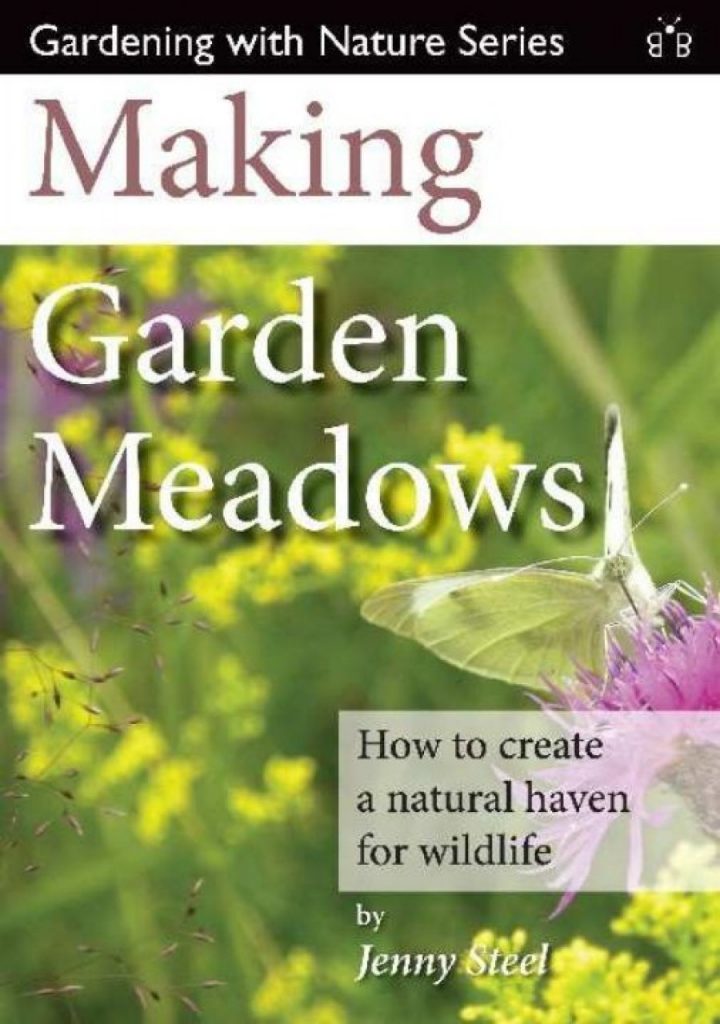 Making Garden Meadows
Making Garden Meadows
#212003
If you have ever contemplated a wildflower meadow area in your garden, Making Garden Meadows informs you how to create one and how to look after it to ensure its continued beauty through many years. Illustrated with photographs taken in her own garden, Jenny Steel guides you simply through the process to help you provide a beautiful area full of wildflowers and teaming with wildlife.
Wildlife Gardening Products
Defender Metal Seed Feeder
#238813
Challenger Peanut Feeder
#238828
Defender Metal Niger Feeder
#238816
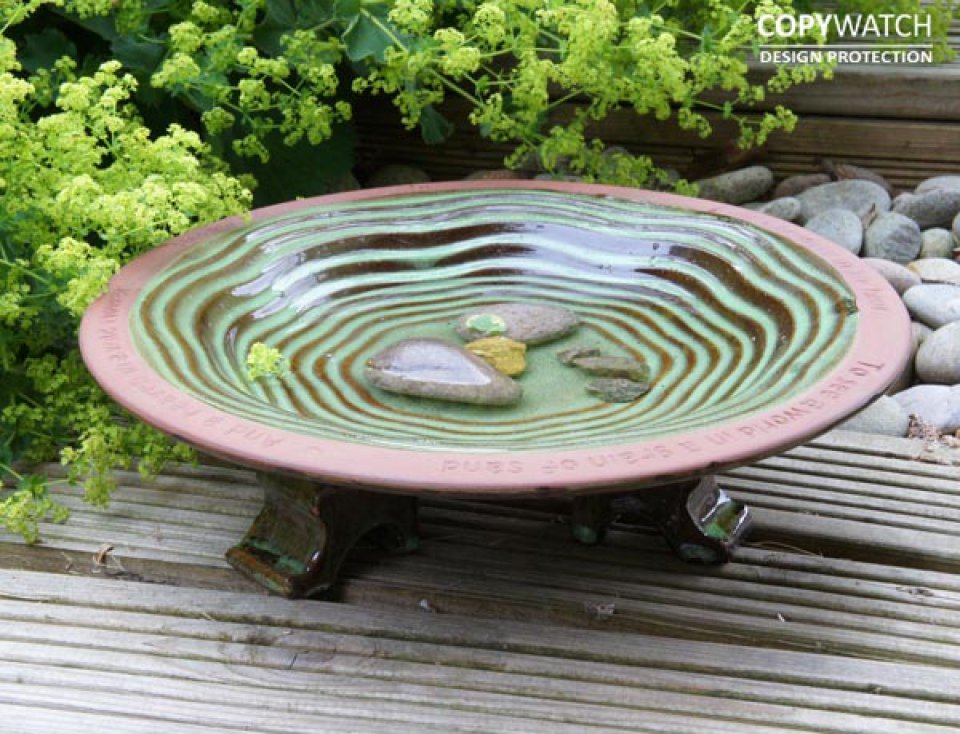
Echoes Bird Bath
#195520








